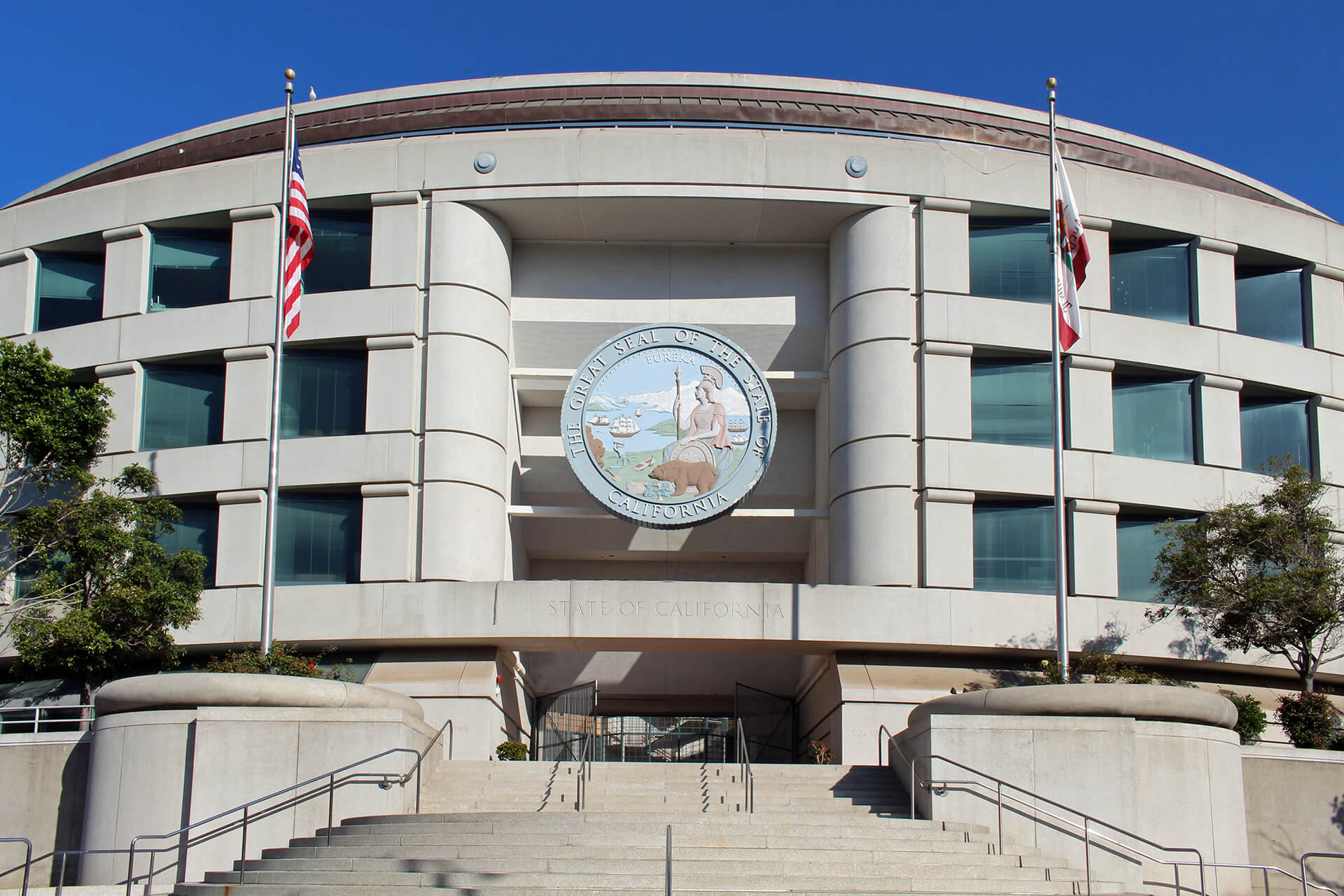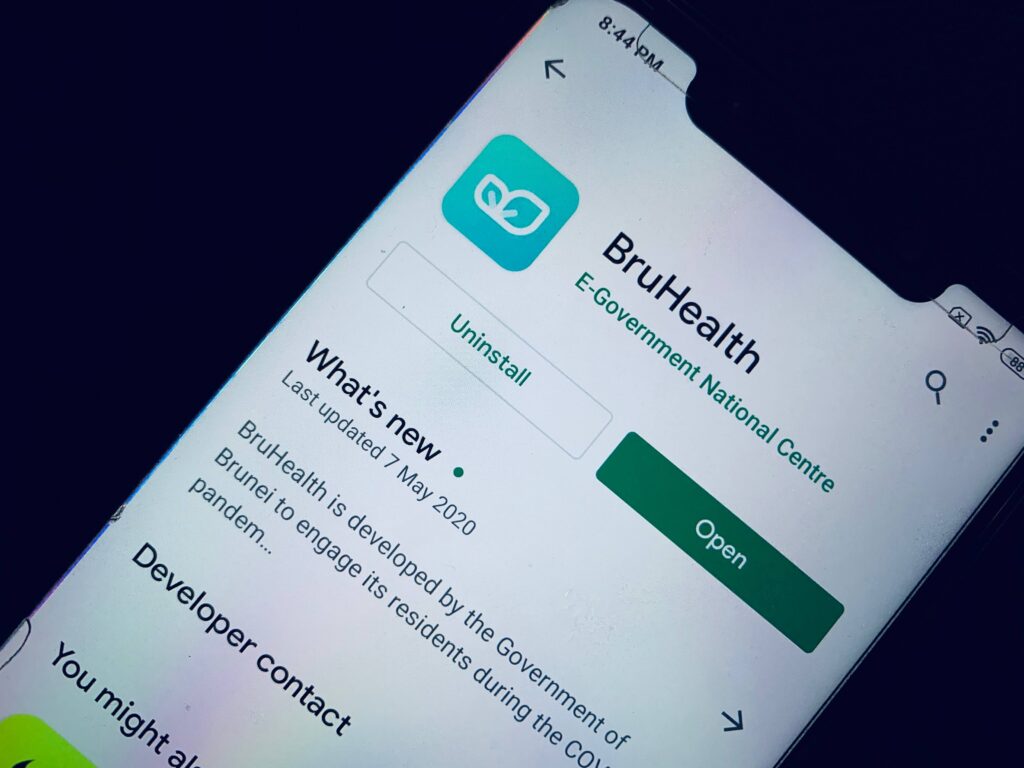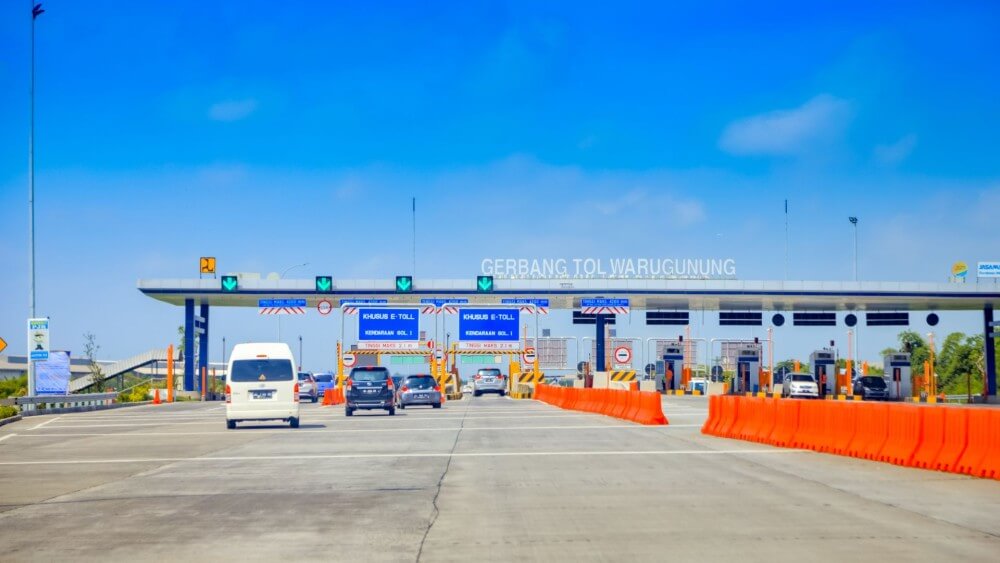Background
In 2007, the California Public Utility Commission (CPUC), the government agency responsible for regulating private-owned public utilities (POUs) in the state of California, USA, initiated an on-bill financing (OBF) program, to help the state meet its energy efficiency goal.
Approach
The California Public Utility Commission directed three POUs to develop and manage a zero-interest OBF program for non-residential customers (e.g. businesses, government entities, etc.). The core purpose of the program was to drive adoption by eliminating up-front cost barriers for energy-efficient investments and make repayments convenient for customers.
The OBF loans were designed to be zero-interest with repayment through the customer’s monthly utility bill. The loan amount ranged between USD 5,000 to USD 250,000, depending on the type of customer and the POU. Notably, the OBF loans were designed to be bill neutral, whereby the monthly payments were not expected to exceed projected monthly energy savings. Loan terms were calculated based on the total project cost and the projected monthly energy savings, within the range of five years for commercial, industrial, and agricultural customers, to ten years for taxpayer-funded institutions.
Results
CPUC approved the first OBF program cycle for three years, starting from 2010-2012, and the POUs have been running OBF programs since then. As of December 2015, USD 157 million worth of loans has been issued with an average loan size of USD 38,400. The default rate stood at 0.06%.
A 2011 study into the effectiveness of the OBF program found that nearly three-quarters of participating customers surveyed said they would not have been able to proceed with energy-efficiency projects without the OBF program.
Key Learnings
Long-term commitment from the government.
Apart from the design of the OBF loan, a key aspect of the program’s success was CPUC’s long-term commitment to it. The CPUC committed to on-bill financing for almost 10 years, which allowed the utilities to develop the expertise to effectively manage the program.
Key participation incentives.
The 2011 study on the OBF program by CPUC found that zero interest rates, simple straightforward offering and repayment processes, and bill neutrality were key to driving participation in the OBF program.
Use of revolving funds to extend possible financing.
The funds allocated to support the OBF program are structured as a revolving loan fund within a three-year fund cycle, allowing the utilities to be able to increase lending when loans are repaid, enabling the funds to be deployed in new opportunities and overall scale its impact.
Appropriate loan sizing and utilization of other utility programs.
Caps to the loan amount and a focus on sizing the loans such that the loan amount is commensurate with the anticipated energy savings, made the loan repayments manageable, and led to a very low default rate.
Sources
- CADMUS (n.d.).California investor-owned utilities: On-bill financing evaluation. Available at: https://cadmusgroup.com/case-studies/california-investor-owned-utilities-bill-financing-evaluation/
- City Energy Project (2019). California investor-owned utility on-bill financing program. Available at: https://www.cityenergyproject.org/wp-content/uploads/2019/01/City_Energy_Project_Resource_Library_Case_Study_California_Investor_Owned_Utility_On-Bill_Program.pdf
- California Public Utilities Commission. Available at: https://www.cpuc.ca.gov/




